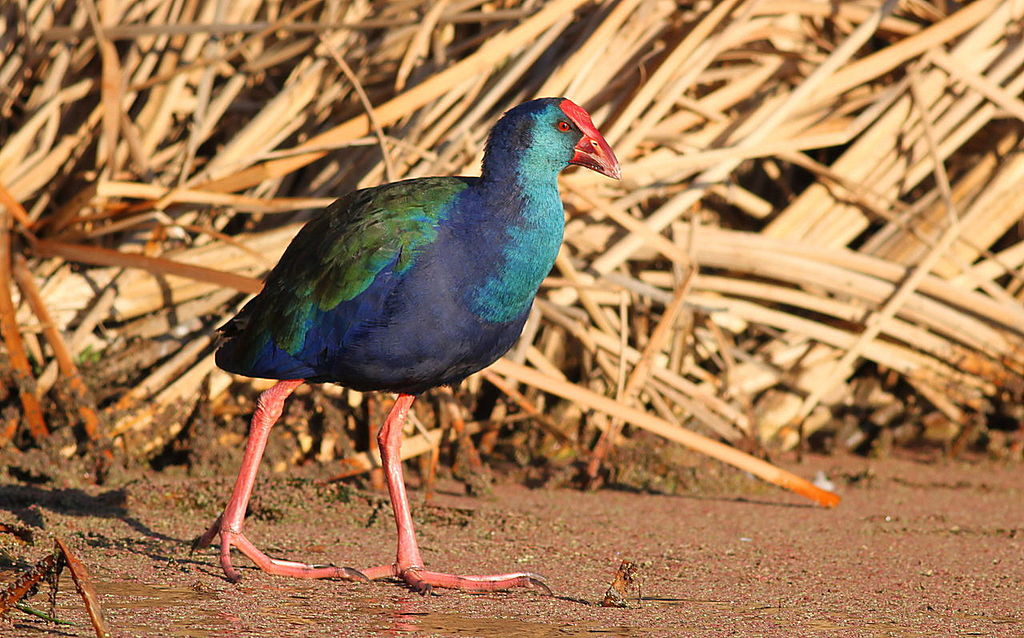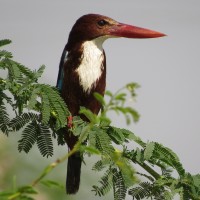Opis
Yeruham Park and Lake are located in the hills of the northern Negev. Yeruham Lake is in the middle of the park, a manmade reservoir created in the Nahal Revivim streambed. Against the desert background, the lake and the greenery provide the unique scenery of a desert oasis. With its combination of water, reedbeds and pine groves Lake Yeruham attracts waterfowl and plenty of migrating birds. Therefore the area is most interesting during the migration season. Among the birds you can encounter are kuropatewka pustynna, góropatwa azjatycka, perkozek, stepówka czarnobrzucha, kukułka czubata, kropiatka, modrzyk afrykanski, kulon (zwyczajny), szczudłak, batalion, brodziec pławny, bączek, ślepowron and lowiec krasnodzioby.
Szczegóły
Dostęp
From Highway 40 (Beersheba – Sede Boker), turn east at Hanegev Junction to Highway 224 towards Yeruham. From Highway 25 (Dimona – Arava), turn west and then south at Dimona Junction to Highway 204. Click on a P in the map for directions or coordinates. Plenty of parking. Free entrance. The park itself is filled with walking and biking paths and picnic tables. You can explore the banks of the lake, the park and the desert edges on foot.
Teren i siedlisko
Pustynia , JezioroWarunki
Płaski , Suchy , SkalistyTrasa dookoła
NieCzy luneta będzie przydatna ?
Może być przydatnaUdany sezon obserwacyjny
Przez cały rokNajlepszy czas na wizytę
Wiosenne migracje , Jesienne migracjeTrasa
Droga utwardzona , Droga nieutwardzonaPoziom trudności szlaku pieszego
ŁatwyDostępne
Pieszo , RowerCzatownia/platforma obserwacyjna
TakDodatkowe informacje
Photo Yeruham Park and Lake by Mboesch, CC BY-SA 4.0, https://creativecommons.org/licenses/by-sa/4.0, via Wikimedia Commons






